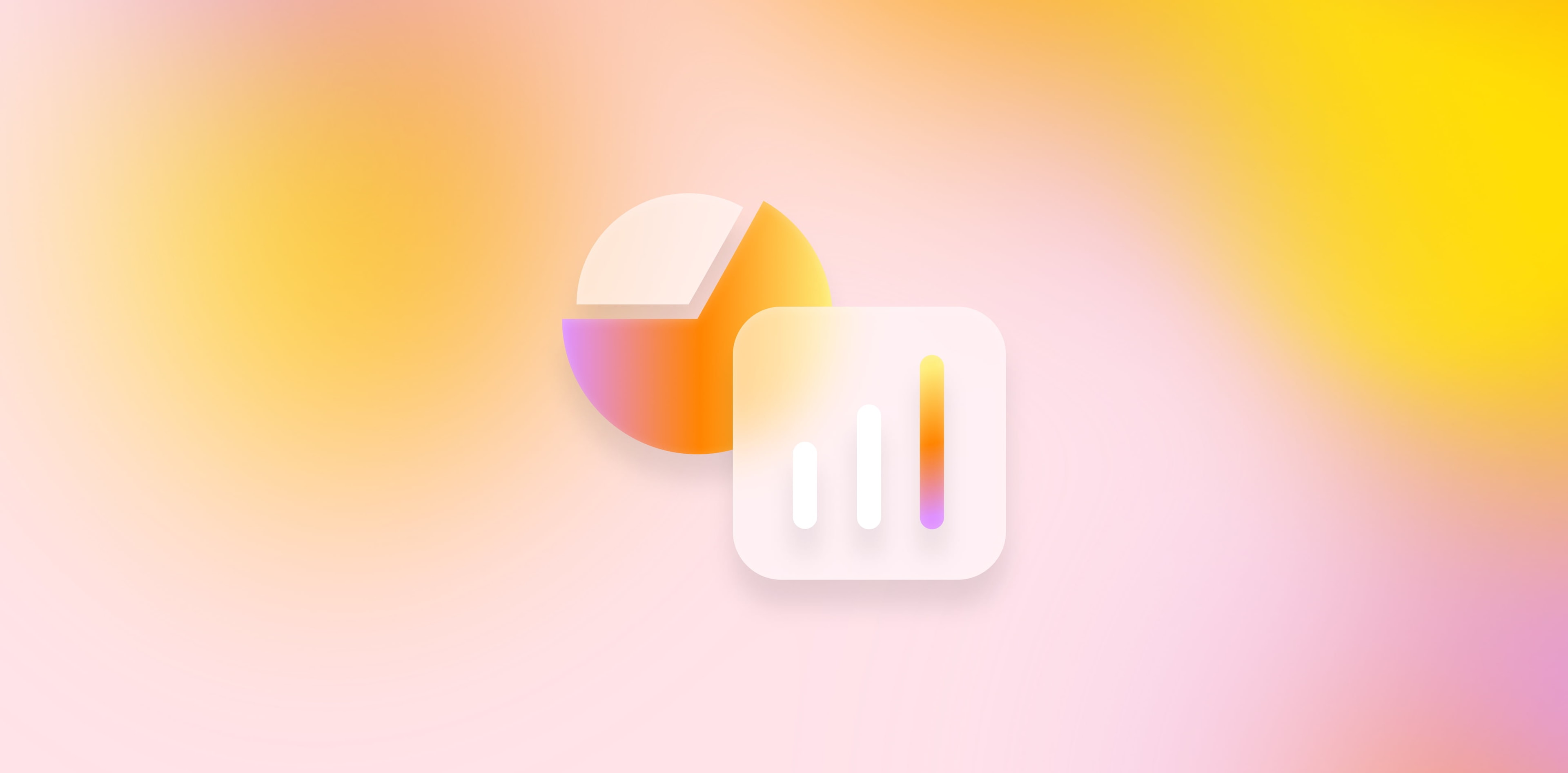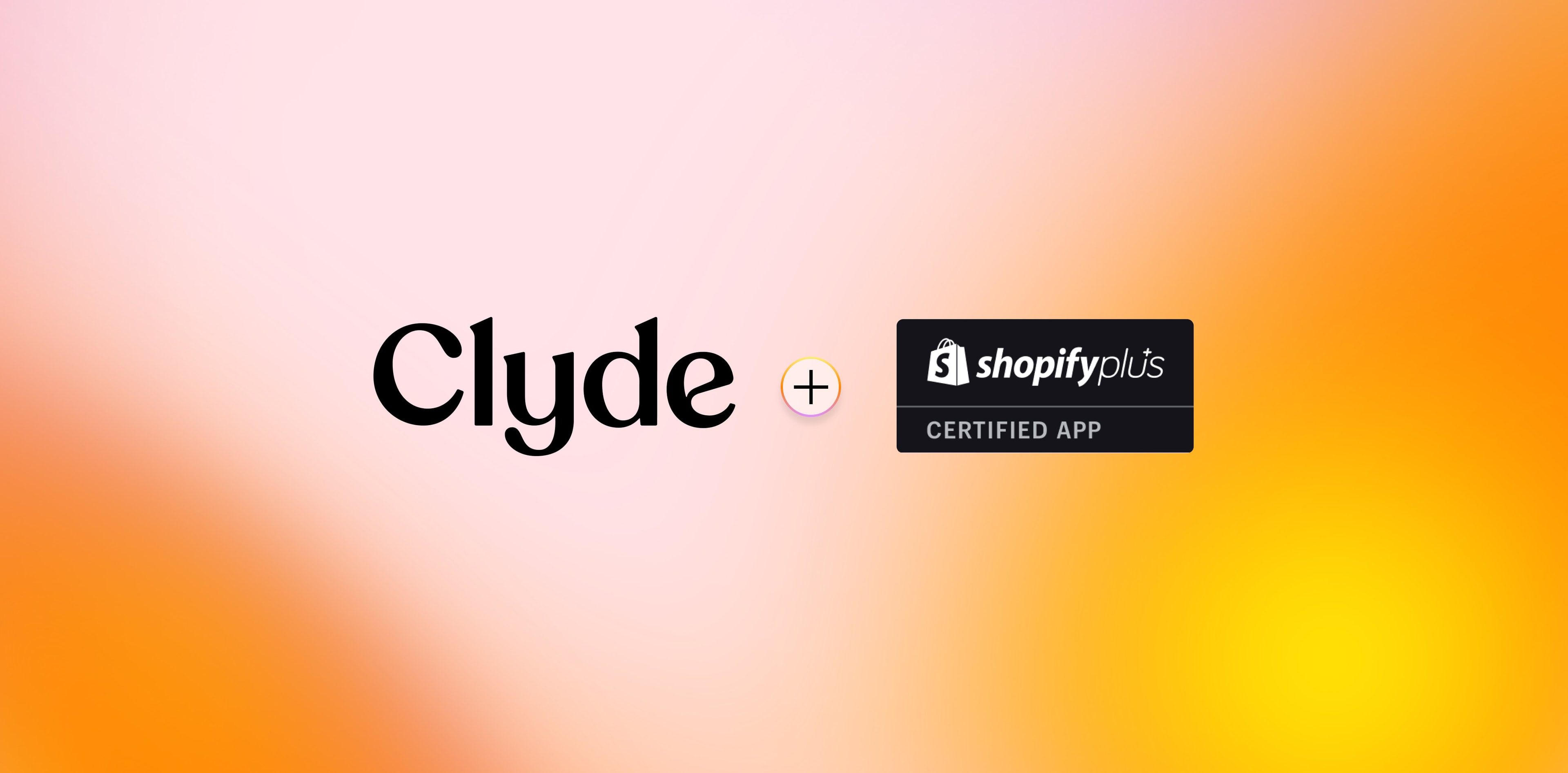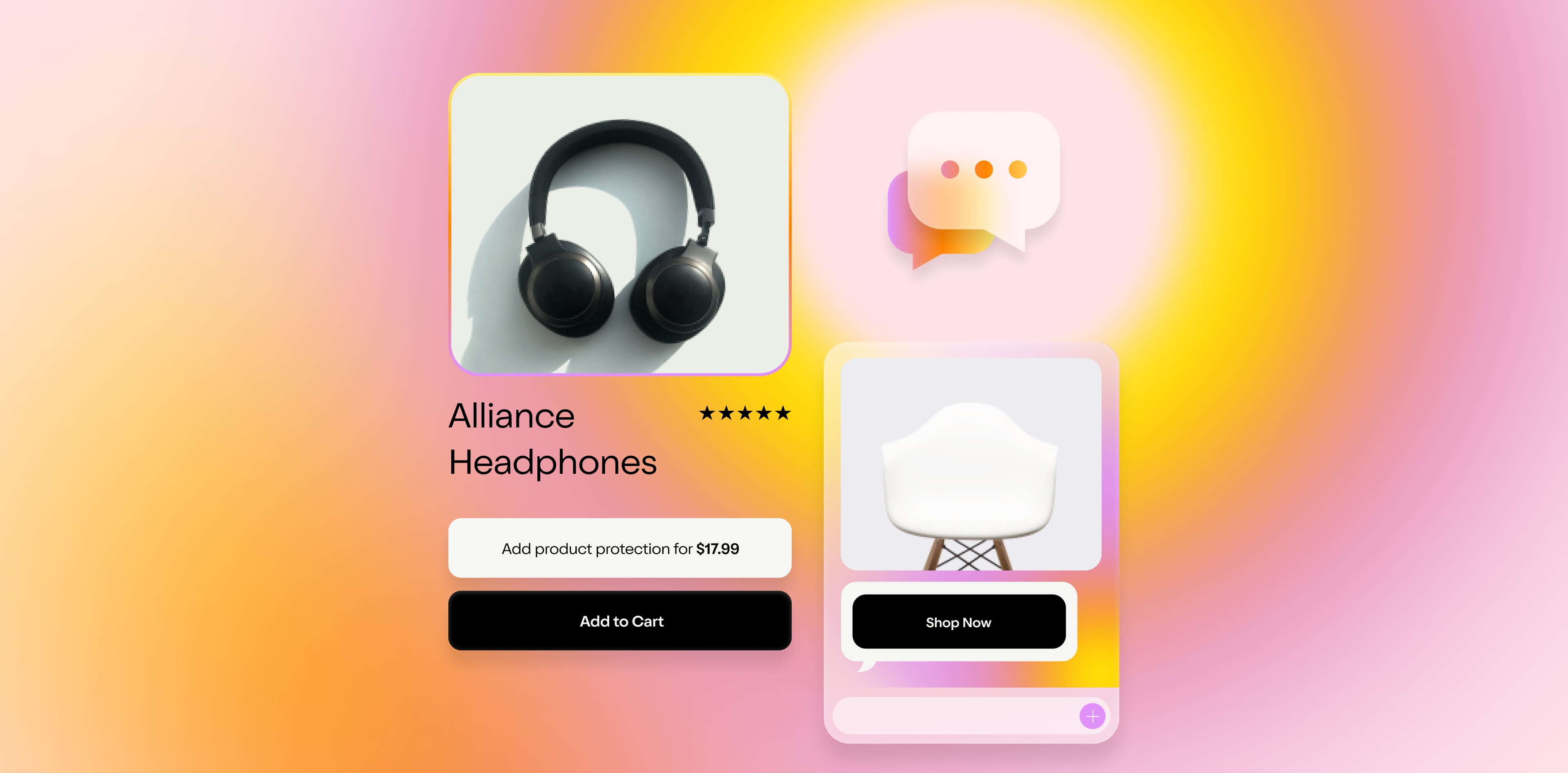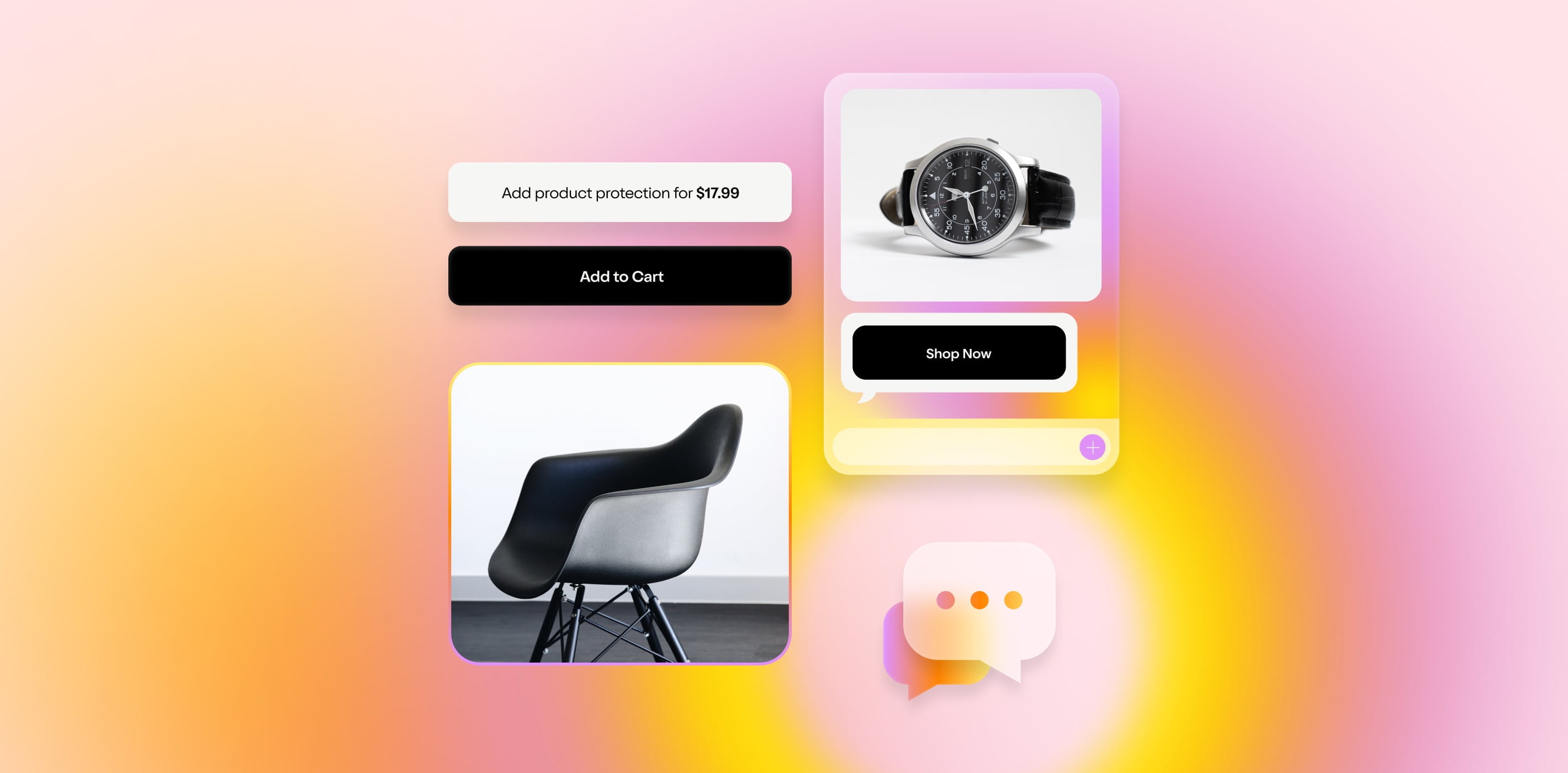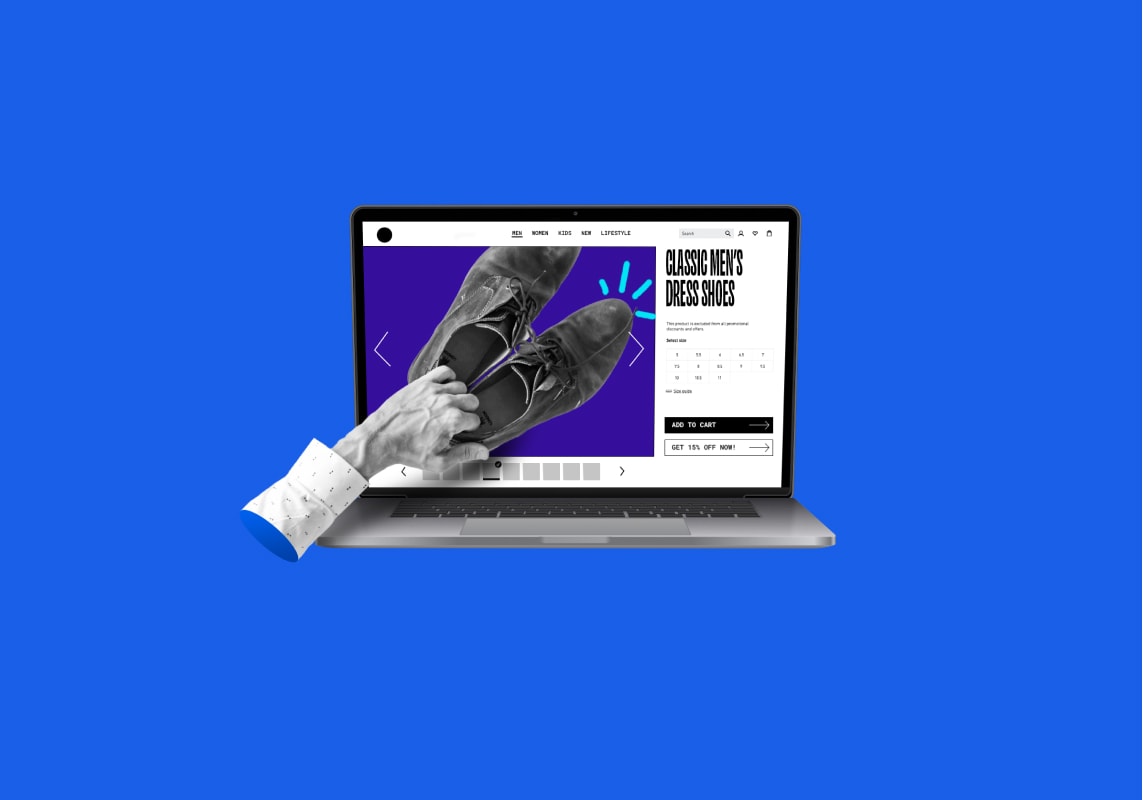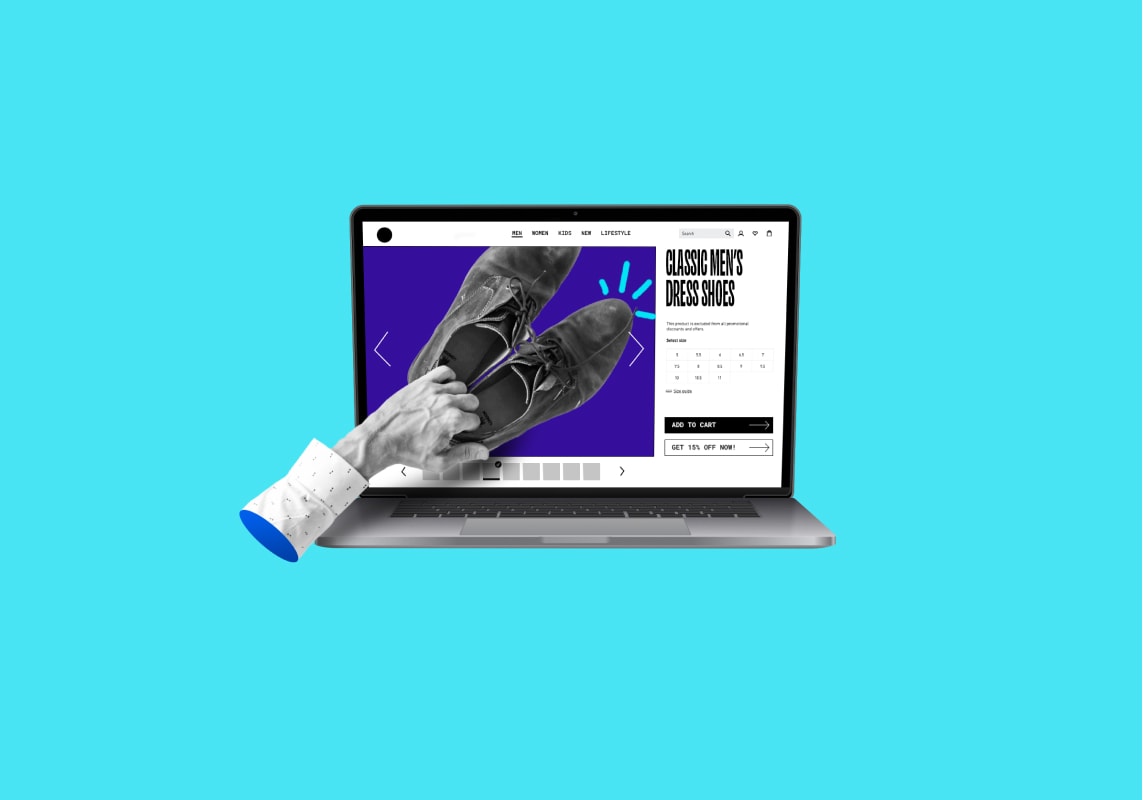It’s Christmas time all over the world, it’s Christmas here at home—and most of us are going to be celebrating it just like we did in 2020. Same goes for Hanukkah and Winter Solstice and any other December-y holidays you’re looking forward to this season.
With a slow fade away from in-store shopping, Black Friday sprees, and reliable shipping, and an increased reliance on mobile commerce and flexible delivery dates, it’s looking like holiday shopping season may never again look like what it did pre-pandemic.
That’s bad only if you’re a traditionalist who particularly likes leaving your cozy Thanksgiving table to stand in line for hours to get the best possible deal on an expensive electronics purchase.
Otherwise, the trends we’re seeing are net positive. They’re about giving shoppers more flexibility and sellers more channels to make sales, and what’s not to love about that?
We dig into 5 specific trends we’re seeing below:
The Holiday Season Will Continue to Start Earlier and Earlier
The Further Death of In-Store Shopping and Irrelevance of Black Friday
A Continued Rise in Mobile and App Purchases
Buying On, Picking Up In Stores (BOPIS) Will Still Be Popular For Shoppers
Businesses Will Find Ways to Make Shipping Free (Or Cheaper)
Check out our track record: in January, we wrote about 6 eComm trends for 2021 , and we’re pretty sure 100% of them came true.
1. The Holiday Season Will Continue to Start Earlier and Earlier
Let’s get this one out of the way first, since it is the trend that’s most likely to irritate you.
Mariah Carey broke out of her vault on November 1st when “All I Want For Christmas” started reappearing on the radio.
But over a quarter of Americans beat her to the punch.
A survey by CreditCards.com found that 27% of holiday shoppers began buying gifts before the end of September.
They had to. With supply chain interruptions causing shipping delays and price spikes, shoppers who want to have gifts to open on the holidays themselves needed to get a head start, per a Time feature with eComm experts .
For retailers, that means that holiday promotions—and all the creative, coordination, and technical support that they require—aren’t just a November and December thing.
Campaigns starting in October means eComm sellers have to take a marathon-like approach, stretching out offers and gently coaxing would-be customers into making purchases without irritating them by harping on a holiday message too soon.
See how cookware company Caraway has approached the change, with messaging around a “Cyber Season” starting a full three weeks before traditional Black Friday / Cyber Monday:
2. The Further Death of In-Store Shopping and Irrelevance of Black Friday
Sounds provocative, doesn’t it?
Deloitte’s 2021 holiday retail survey found that while more consumers feel safe venturing into stores, the majority of holiday spending (62%) is still going to happen online.
And while retailers big and small will keep promoting Black Friday deals, it’s looking like buyers really don’t care: 41% of all shoppers don’t plan on participating in any BFCM buying at all, a higher percentage than shoppers who will buy on Cyber Monday (34%), Black Friday (31%), or Small Business Saturday (20%). An Adobe report found that Cyber Weekend is growing slower than the holiday season: YoY holiday spending will hit 11% in 2021, whereas BFCM spending is growing by less than half of that, at 5%.
Black Friday isn’t yet a thing of the past, but it’s certainly less relevant. As we reported on earlier this year , the future of Black Friday looks like a very online holiday, with sales coming from digital marketing pushes and owned channel messaging. That’s not a bad thing: there’s still plenty of money to be made and plenty of customers to satisfy.
3. A Continued Rise in Mobile and App Purchases
900 million hours. That’s how much time Americans will spend on mobile shopping apps in the next few months, found FastCompany . It’s a 20% increase from last year, which was already a record-breaking year. We’re on our phones an we’re here to stay, it seems.
In fact, eCommerce analyst Andrew Lipsman told eMarketer that he can predict a retailer’s holiday season success by how good their mobile app is. That’s because, he explained, mobile commerce is the fastest-growing channel (more people spending more money); apps are ever-present, with visibility on a homescreen and the ability to send notifications (more attention from all those people), and mobile apps using geolocation can enable “click-and-collect transactions.”
The most popular apps are Amazon and Walmart, which were on 52.5% and 28.8% of respondents’ phones, respectively. While equipment and apparel companies like Best Buy and Macy’s have less penetration (on 10% and 7.7% of phones, respectively), they have higher purchasing intent, with 90% and 95% of app downloaders planning on using the app to make a purchase this holiday season.
4. Businesses Will Find Ways to Make Shipping Free (Or Cheaper)
Sure, we’re in the middle of an unprecedented supply chain squeeze.
Tell that to the kid waiting for their presents, though.
The majority of shoppers (85%) still expect free shipping, and they’re fairly unwilling to pay anything at all to get their gifts to their door. 88% of shoppers wouldn’t pay to get orders within 3-7 days (and those that would said they’d only pay an extra $0.60), and while 71% of shoppers said they might pay for same-day shipping, they’d only pay an average of $6 for it, per that Deloitte survey .
(Keep in mind that USPS charges $27 for a one-day priority mail delivery of a one-pound package going within a local zone—your customers will only willingly pay a quarter of that.)
Faced with high expectations and equally high costs, we’re expecting businesses to find creative ways to still offer great shipping deals. That might mean offering extra incentives—like a gift card to spend on a later purchase if customers accept very-delayed shipping—or offering free shipping only at a certain purchase amount.
But aside from finding clever offers that make shipping possible, we also expect companies to continue meaningfully reconstructing how they conceptualize of shipping and how they invest in their operations in order to control more of it.
Bloomberg and commerce newsletter 2PM have reported on companies like American Eagle Outfitters Inc., who has acquired only four companies in its 44-year history, including two logistics companies in 2021 to help “compete with larger companies in offering affordable same-day or next-day delivery.”
If you can’t beat them, buy them and bring them in-house.
5. Buying On, Picking Up In Stores (BOPIS) Will Still Be Popular For Shoppers
Earlier this year, we reported on the top 15 things customers care about when shopping online .
The ability to buy online and pick-up in store, also known as click-and-collect, made it to #12 on the list.
This holiday season, it may even jump a couple of positions.
One in five online orders was collected from stores in the first half of 2021, reported the Financial Times , and that will continue through the holiday season. Retailers that offer BOPIS reported 63% higher digital sales in the final holiday push last season than those that did not, said the article.
Being able to click-and-collect collapses the time between purchase and fulfillment, cutting out any direct-to-consumer shipping issues, as well as giving shoppers a chance to inspect their items and return them immediately if there’s a problem; add on extra things while they’re browsing in-store; and get back to in-person shopping in a relatively safe and controlled way. Even when the pandemic is a thing of the past, we expect to see this trend stick around.
Use Clyde to Enhance Your Customer’s Holiday Shopping Experiences
The only thing better than getting your holiday gifts in time is making sure they’re protected against any accidents or product failures so that your loved ones can use them for years to come, without worry.
Clyde’s here to help with that.Offering purchase protection can increase AOV while also giving your customers more peace of mind: a win-win decision this holiday season. Sign up for a free demo today.
SIGN UP FOR OUR NEWSLETTER
